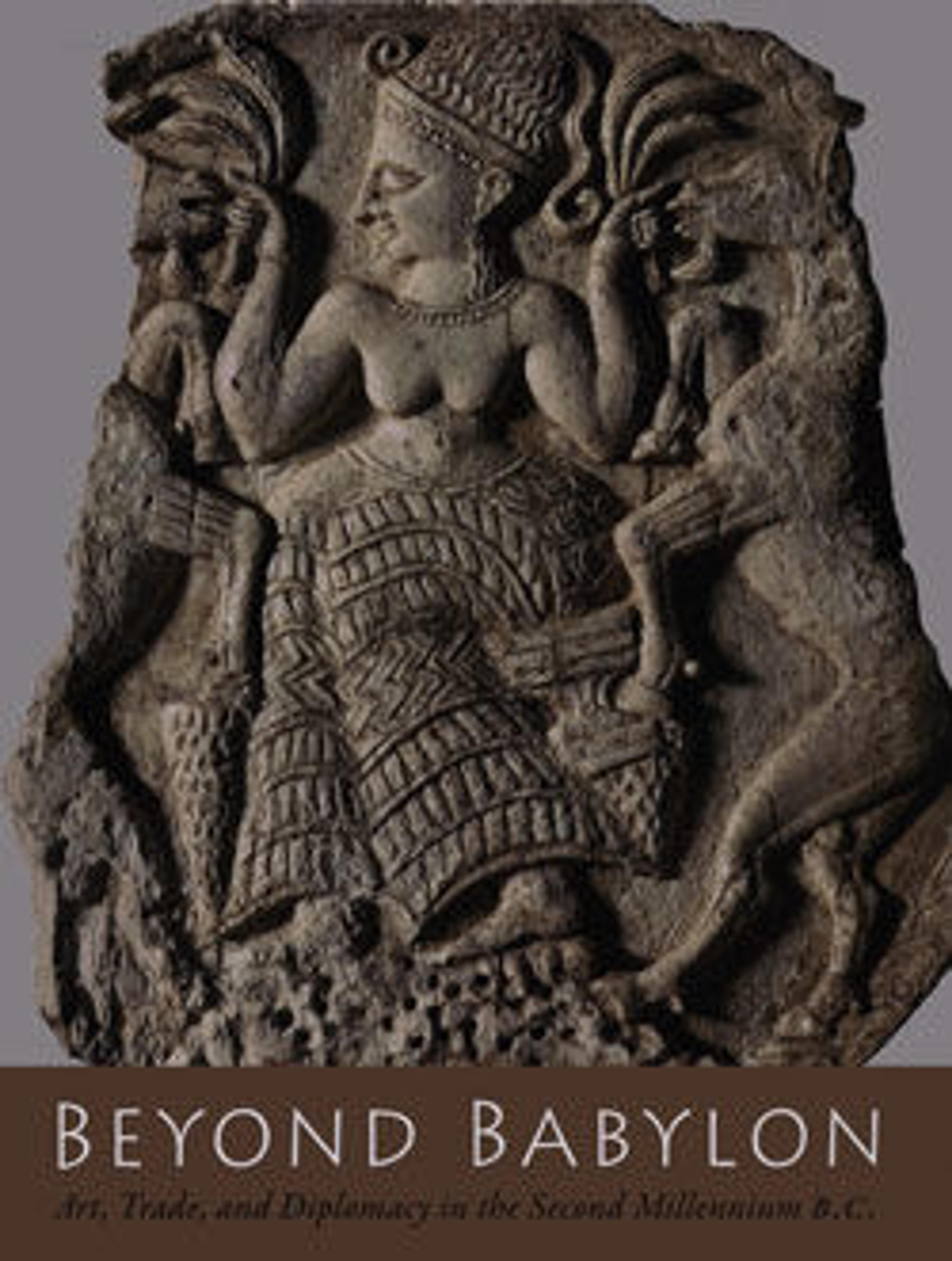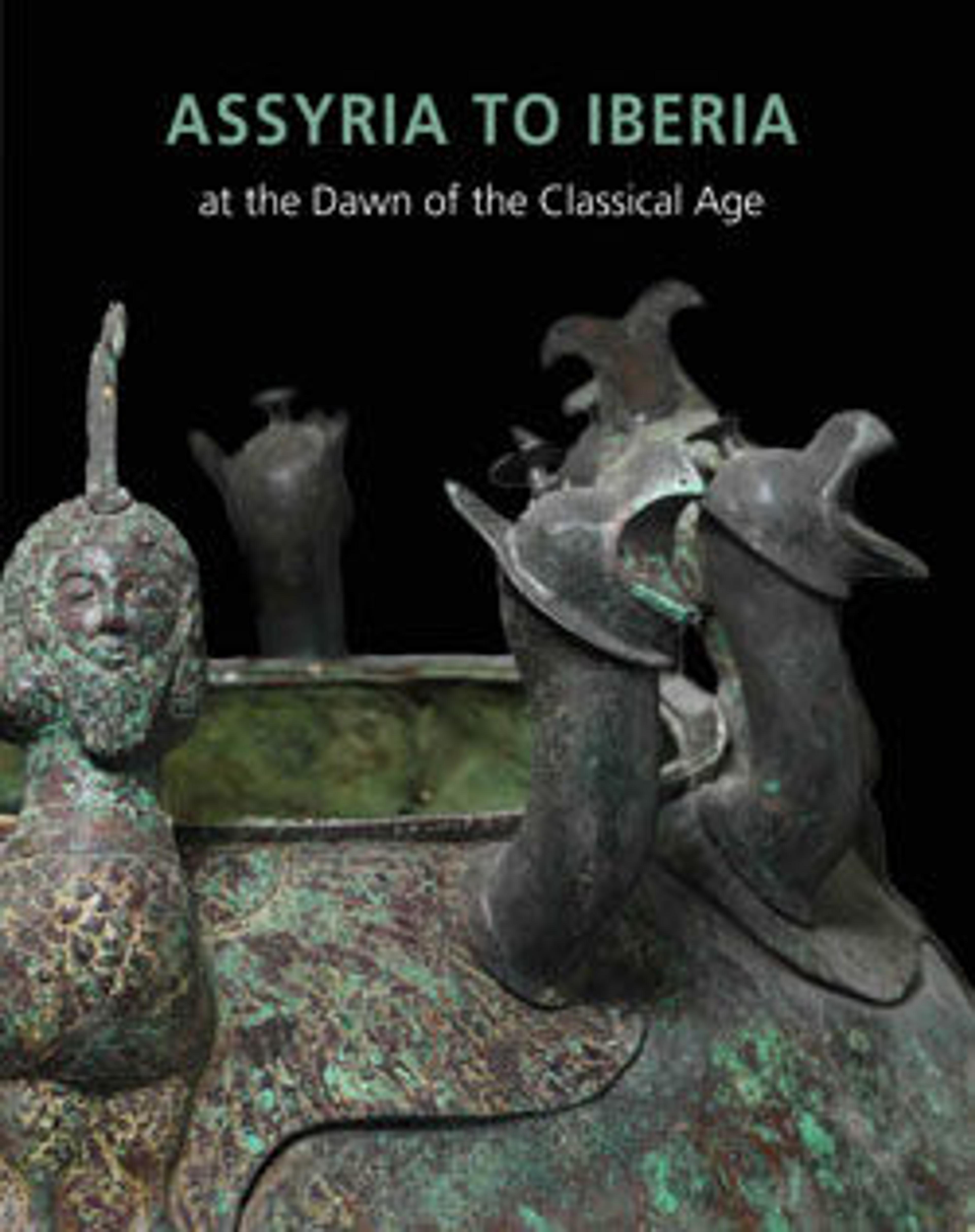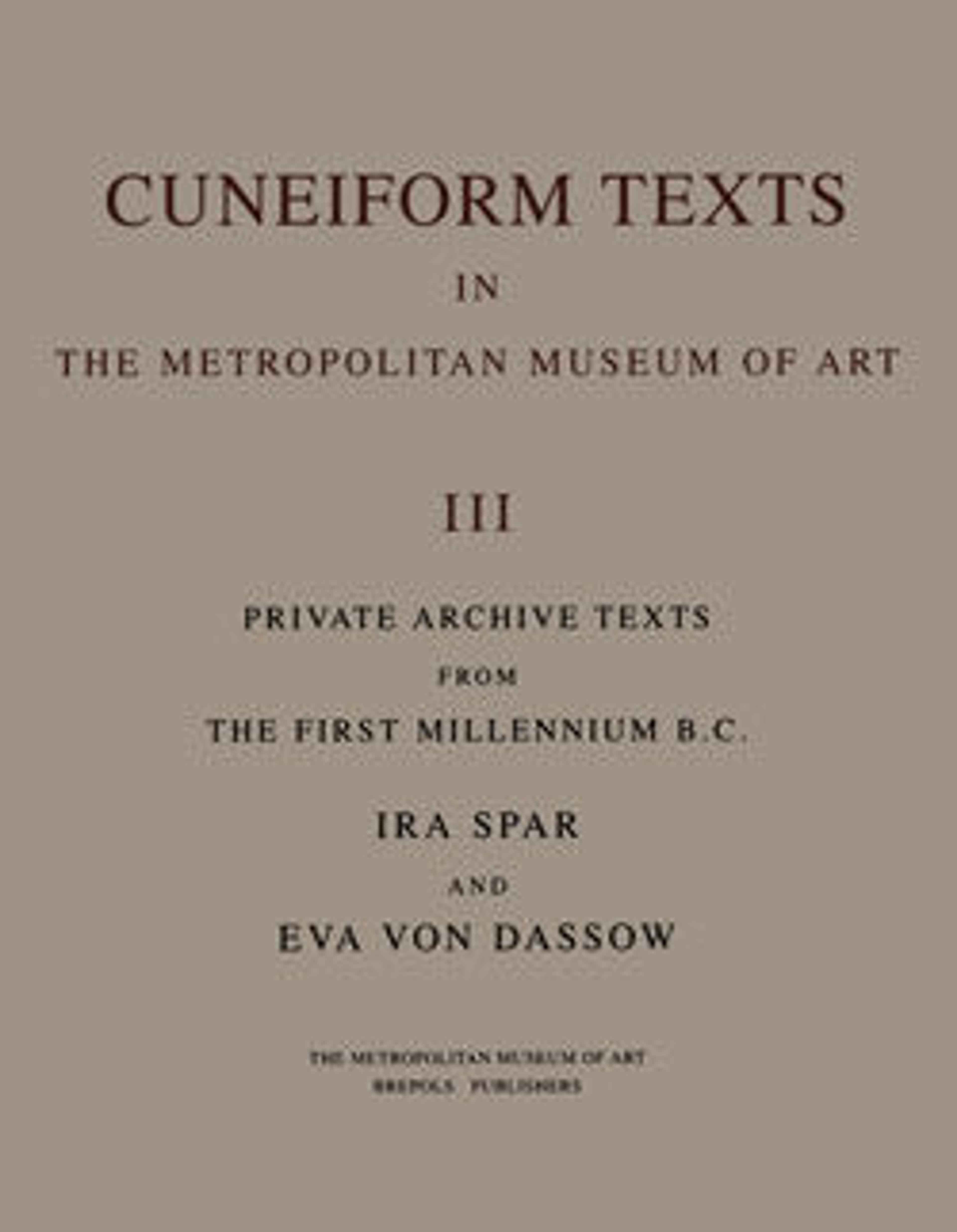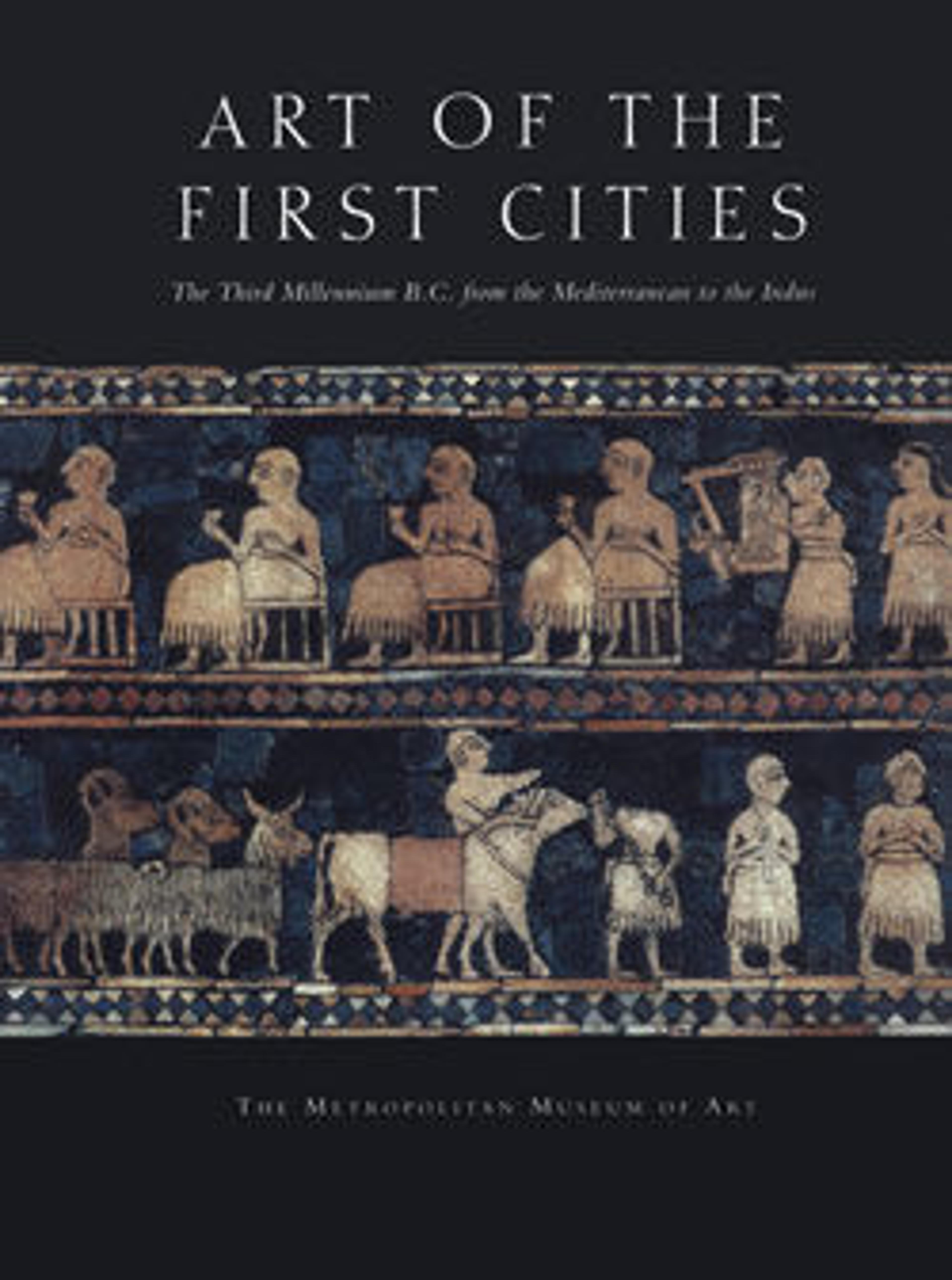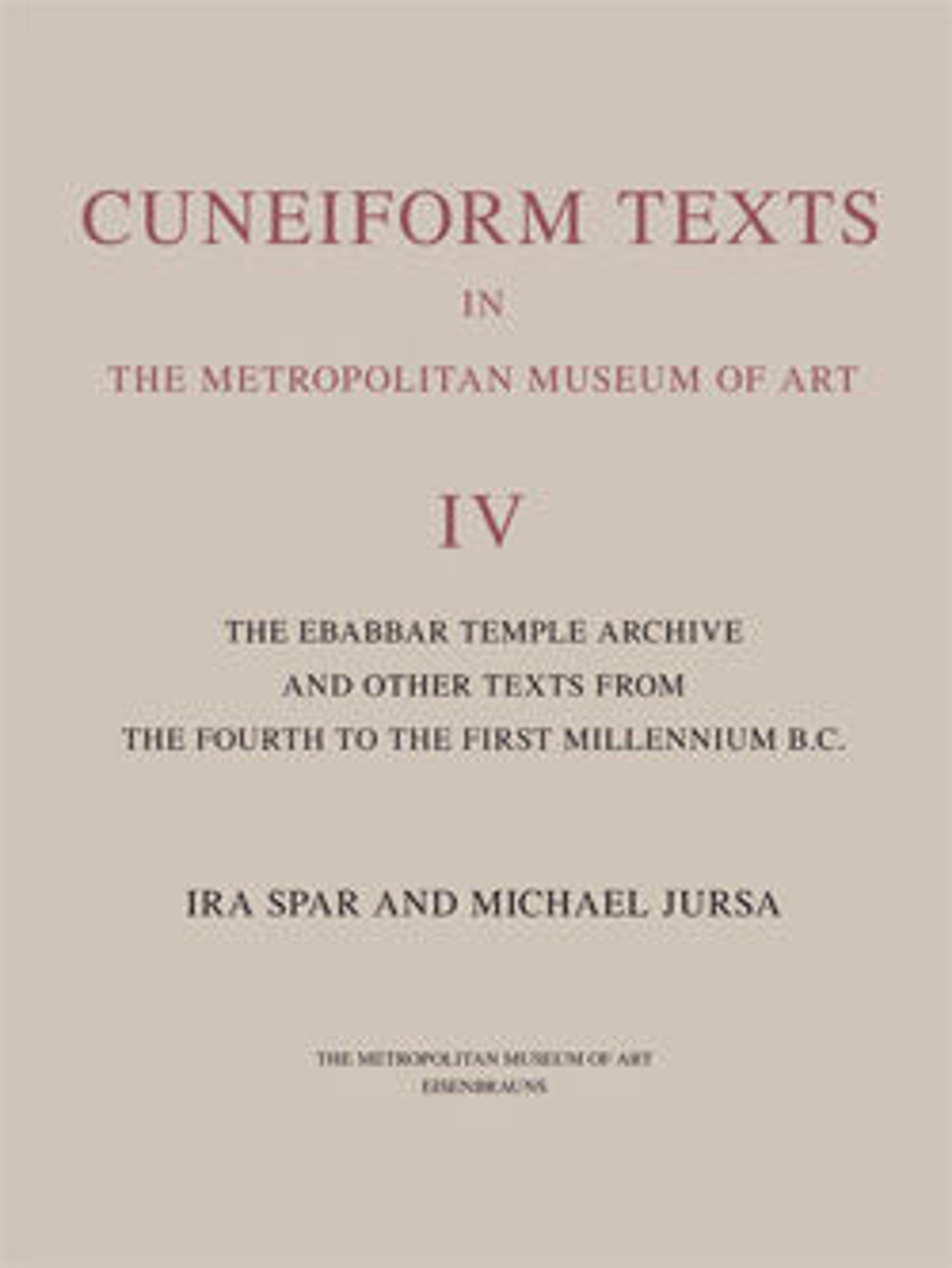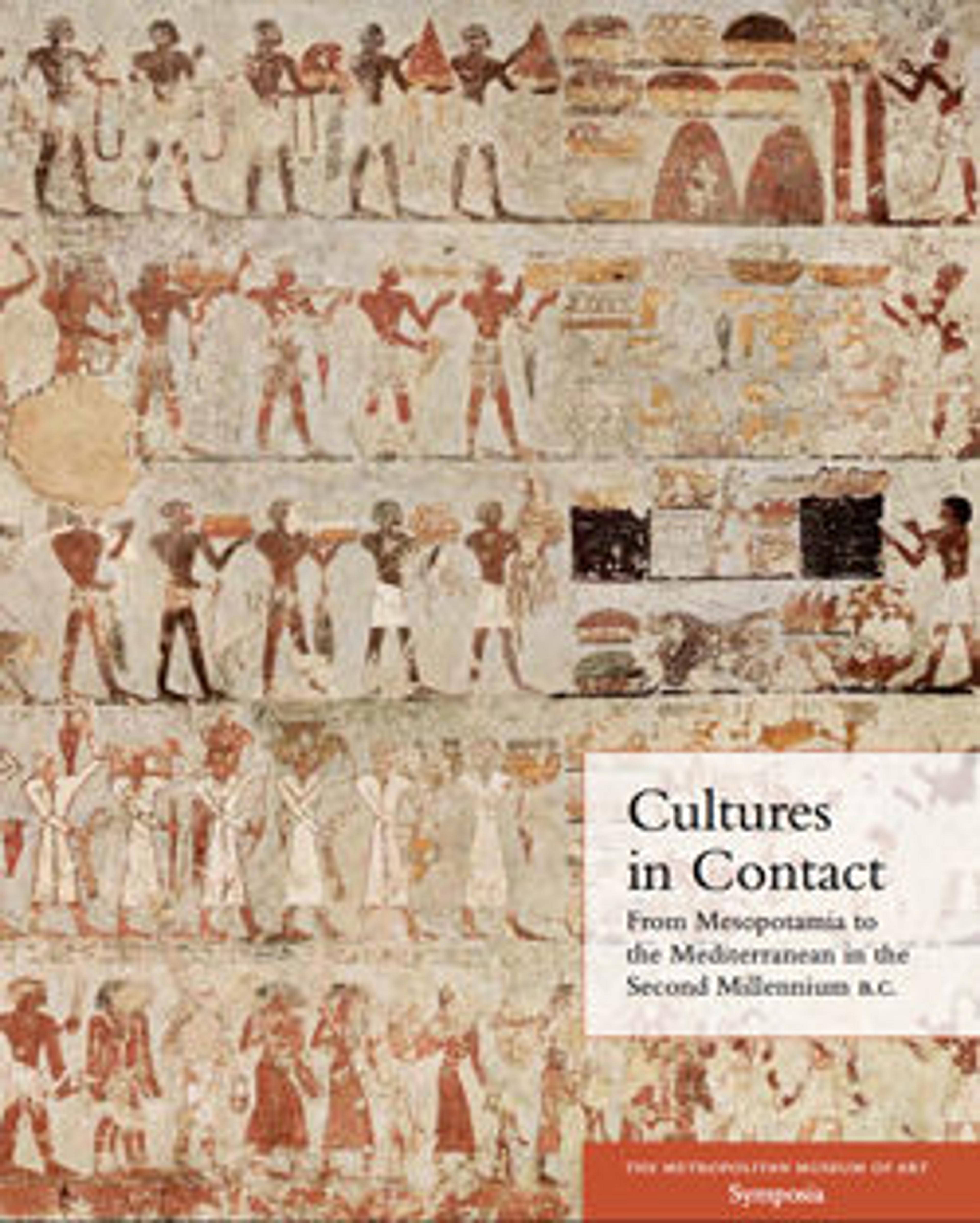
Cultures in Contact: From Mesopotamia to the Mediterranean in the Second Millennium B.C.
The exhibition "Beyond Babylon: Art, Trade, and Diplomacy in the Second Millennium B.C.," held in 2008–2009 at The Metropolitan Museum of Art, demonstrated the cultural enrichment that emerged from the intensive interaction of civilizations from western Asia to Egypt and the Aegean in the Middle and Late Bronze Ages. During this critical period in human history, powerful kingdoms and large territorial states were formed. Rising social elites created a demand for copper and tin, as well as for precious gold and silver and exotic materials such as lapis lazuli and ivory to create elite objects fashioned in styles that reflected contacts with foreign lands. This quest for metals—along with the desire for foreign textiles—was the driving force that led to the establishment of merchant colonies and a vast trading network throughout central Anatolia during the early second millennium B.C. Texts from palaces at sites from Hattusa (modern Bogazköy) in Hittite Anatolia to Amarna in Egypt attest to the volume and variety of interactions that took place some centuries later, creating the impetus for the circulation of precious goods, stimulating the exchange of ideas, and inspiring artistic creativity. Perhaps the most dramatic evidence for these far-flung connections emerges out of tragedy—the wreckage of the oldest known seagoing ship, discovered in a treacherous stretch off the southern coast of Turkey near the promontory known as Uluburun. Among its extraordinary cargo of copper, glass, and exotic raw materials and luxury goods is a gilded bronze statuette of a goddess—perhaps the patron deity on board, who failed in her mission to protect the ship.
To explore the themes of the exhibition—art, trade, and diplomacy, viewed from an international perspective—a two-day symposium and related scholarly events allowed colleagues to explore many facets of the multicultural societies that developed in the second millennium B.C. Their insights, which dramatically illustrate the incipient phases of our intensely interactive world, are presented largely in symposium order, beginning with broad regional overviews and examination of particular archeological contexts and then drawing attention to specific artists and literary evidence for interconnections. In this introduction, however, their contributions are viewed from a somewhat more synthetic perspective, one that focuses attention on the ways in which ideas in this volume intersect to enrich the ongoing discourse on the themes elucidated in the exhibition.
Met Art in Publication
You May Also Like
Press the down key to skip to the last item.
